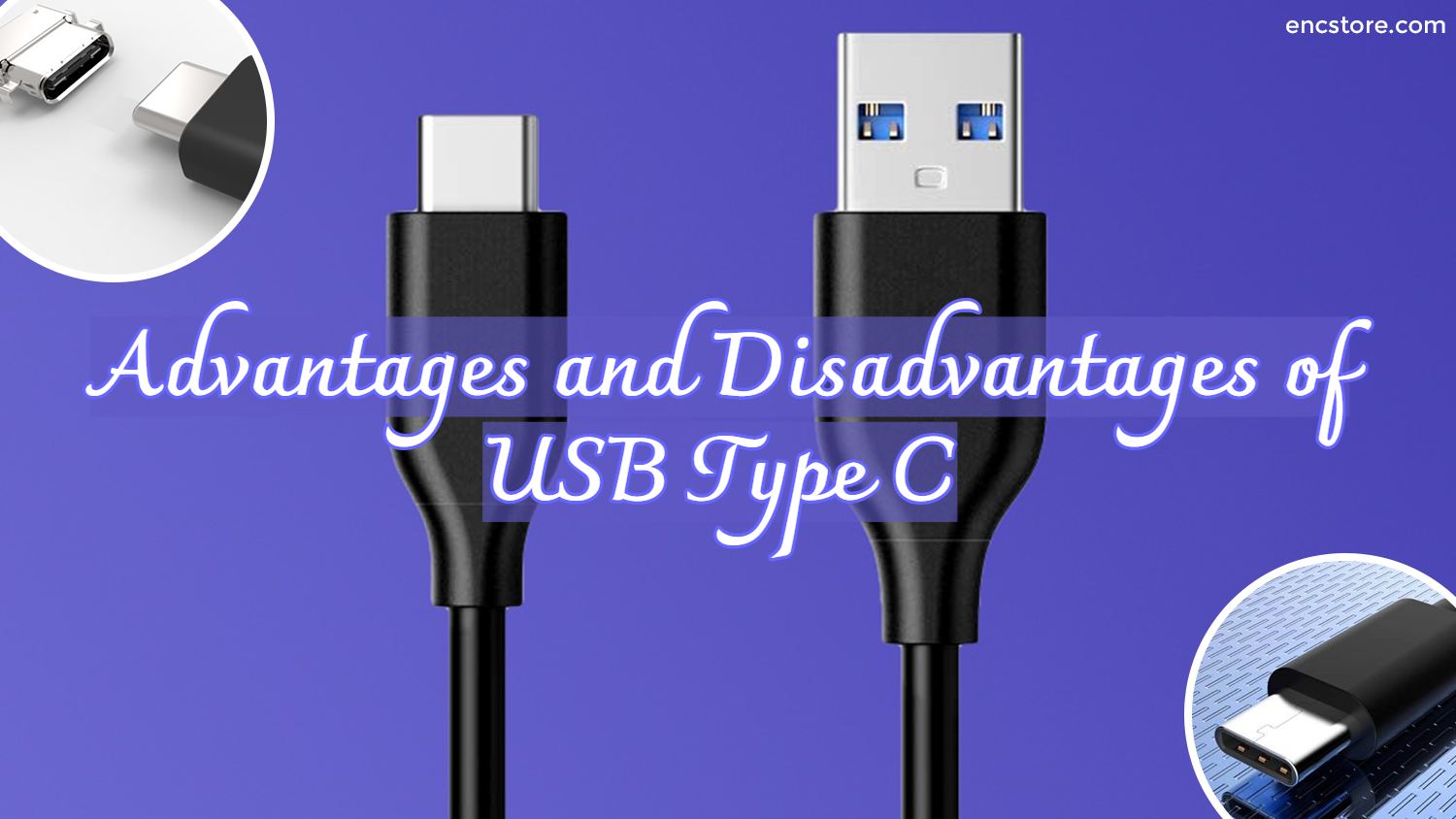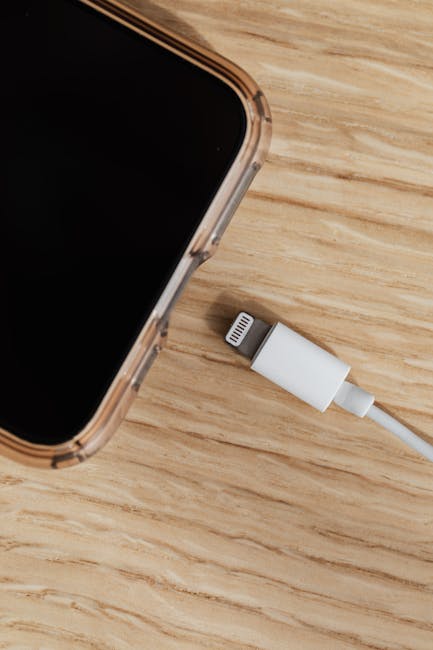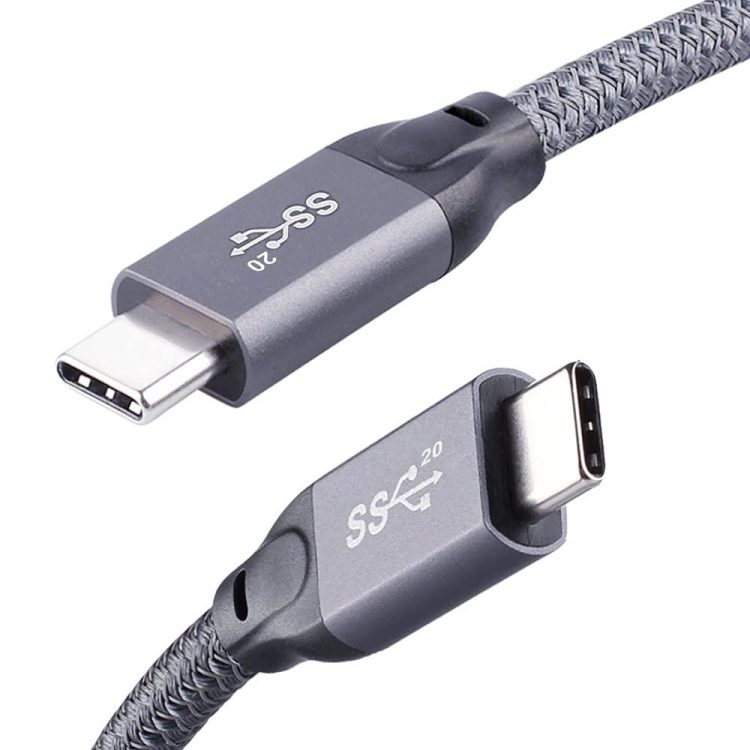In the ever-evolving world of technology, the debate rages on: USB-C vs. Thunderbolt. Like a high-stakes showdown between two rival tech siblings, these connectors have sparked heated discussions among enthusiasts and casual users alike. As we navigate the maze of modern connectivity options, the question remains: which will reign supreme in the battle of the ports? Let’s dive into the electrifying debate and see which contender comes out on top!
differences-between-usb-c-and-thunderbolt-connectivity”>Key Differences Between USB-C and Thunderbolt Connectivity
So, you’re in the market for some new gadgets and you come across the terms USB-C and Thunderbolt connectivity. What’s the deal with these fancy-schmancy ports? Let me break it down for you in a way that even your grandma could understand.
First off, USB-C is like the reliable Ford Focus of the connectivity world. It gets the job done, it’s everywhere, and it’s pretty darn affordable. Thunderbolt, on the other hand, is more like the Aston Martin of ports – sleek, powerful, and oh-so-sexy. But with great power comes a hefty price tag. If USB-C is the guy next door, Thunderbolt is the hotshot celebrity.
While both USB-C and Thunderbolt can transfer data and charge your devices, Thunderbolt is the overachiever of the bunch. It boasts lightning-fast speeds of up to 40 Gbps, while USB-C chugs along at a respectable 10 Gbps. It’s like Thunderbolt is speeding down the Autobahn while USB-C is stuck in rush hour traffic.
But hey, don’t count out USB-C just yet. It may not be as flashy as Thunderbolt, but it’s compatible with pretty much everything under the sun. Thunderbolt, on the other hand, can be a bit picky about what devices it plays nice with. So, if you’re on a budget and just need to get stuff done, USB-C is your trusty sidekick. But if you want to impress your friends and zip through your work like a boss, Thunderbolt is the way to go.

strengths-and-weaknesses-of-usb-c-technology”>Strengths and Weaknesses of USB-C Technology
When it comes to USB-C technology, there are definitely some pros and cons to consider. Let’s start with the strengths:
- Universal Compatibility: USB-C is the one port to rule them all. It works with a wide range of devices, from laptops to smartphones to headphones.
- Fast Charging: Say goodbye to waiting around for your devices to juice up. USB-C delivers super-speedy charging, so you can get back to binge-watching your favorite shows in no time.
- Reversible Design: Tired of trying to plug in your USB the wrong way? With USB-C, that frustration is a thing of the past. The reversible design means you can insert the cable without any guesswork.
But of course, every rose has its thorn. Here are some of the weaknesses of USB-C:
- Expensive Cables: While USB-C is great, the cables can be a bit pricey. If you’re prone to losing cables or your pet enjoys using them as chew toys, be prepared to shell out some extra cash.
- Compatibility Woes: While USB-C is supposed to be universal, not all manufacturers have gotten the memo. This can lead to some frustrating moments when your device doesn’t play nice with certain accessories.

Advantages of Thunderbolt Connectivity in Modern Devices
Imagine a world where transferring large files is as quick as a lightning strike! Well, with Thunderbolt connectivity in modern devices, that dream is now a reality. So, what makes this tech so thunderously good? Let’s dive in and explore the advantages:
First off, Thunderbolt connectivity offers **blazing fast data transfer speeds**. Say goodbye to the agonizingly slow progress bars and hello to lightning-fast file transfers. Whether you’re editing high-resolution videos or transferring massive amounts of data, Thunderbolt can handle it all with ease.
Another advantage of Thunderbolt connectivity is its **versatility**. With Thunderbolt ports, you can connect to a wide range of devices, from monitors to external hard drives. This means fewer cables cluttering up your workspace and more time for important stuff, like binge-watching your favorite shows.
And let’s not forget about **daisy chaining**. No, we’re not talking about making flower crowns here. With Thunderbolt, you can connect multiple devices in a chain, creating a seamless workflow that’s as efficient as it is impressive. So go ahead, connect all your devices and watch the magic happen!

Best Use Cases for USB-C in Everyday Technology
USB-C is like the magical unicorn of technology - it’s sleek, versatile, and can do just about anything you need it to. Gone are the days of trying to jam in your USB plug the wrong way, only to sigh in frustration as you flip it around and try again. With USB-C, you can plug in your devices with ease, every time. No more USB plug tap dancing required!
So, where can you put this nifty little connector to good use in your everyday tech life? Here are a few of the best scenarios:
- Charging your phone: No more carrying around multiple chargers for different devices. USB-C can charge your phone, tablet, laptop, and even your portable speaker – talk about an all-in-one charging solution!
- Connecting to your laptop: Whether you need to transfer files or connect to an external monitor, USB-C’s lightning-fast speeds make it a dream for all your laptop connectivity needs. Say goodbye to slow data transfers and laggy external displays.
- Powering up your gadgets: From your e-reader to your Bluetooth headphones, USB-C can power up all your favorite gadgets with ease. Plus, with its reversible design, you’ll never have to fumble around in the dark trying to plug in your devices again.
So, if you want to simplify your tech life and embrace the wonders of USB-C, look no further than these everyday use cases. Trust us; once you go USB-C, you’ll never want to go back!

Future Implications of USB-C and Thunderbolt Standards
As technology continues to evolve, the are bound to shape our lives in unexpected ways. With faster data transfer speeds and increased power delivery capabilities, the possibilities are truly endless.
Imagine a world where all our devices – from smartphones to laptops to refrigerators – seamlessly connect and communicate with each other through a universal USB-C port. No more searching for the right cable or adapter, just plug in and play! The convenience alone is enough to make anyone excited for what the future holds.
And let’s not forget about Thunderbolt, the superhero of data transfer standards. With speeds of up to 40Gbps, Thunderbolt is like the Flash of the tech world – lightning-fast and always ready to save the day. The ability to daisy-chain multiple devices together means we can create all sorts of interconnected systems, from gaming setups to home entertainment centers.
So, whether you’re a tech enthusiast or just someone who appreciates the convenience of a good ol’ plug-and-play setup, the future with USB-C and Thunderbolt standards is looking bright. Get ready to say goodbye to dongles and adapters and hello to a world where everything just works – because who has time for tangled cords anyway?
Comparing Data Transfer Speeds: USB-C vs. Thunderbolt
So you’re in the market for a new device and you’re trying to figure out which one has the fastest data transfer speeds, huh? Well, buckle up because we’re about to dive into the whirlwind world of USB-C vs. Thunderbolt!
Let’s break it down, shall we? With USB-C, you’re looking at speeds of up to 10 Gbps. Not too shabby, right? But then along comes Thunderbolt with its lightning-fast speeds of up to 40 Gbps. It’s like comparing a tortoise to a cheetah – there’s really no contest here.
But wait, there’s more! Thunderbolt isn’t just faster, it’s also more versatile. With Thunderbolt, you can connect external GPUs, high-resolution monitors, and even daisy-chain multiple devices together. USB-C, on the other hand, is more like that friend who always arrives late to the party and just can’t seem to keep up.
At the end of the day, it all comes down to what you need. If you’re just looking to transfer some photos or videos, USB-C might do the trick. But if you’re a power user who demands lightning-fast speeds and versatile connectivity, Thunderbolt is the way to go. So choose wisely, my friend, and may the data transfer speeds be ever in your favor!
Cost Considerations for Choosing Between USB-C and Thunderbolt Connections
When deciding between USB-C and Thunderbolt connections, cost considerations are key. It’s like choosing between a night out at a fancy restaurant or a home-cooked meal – both have their perks, but one might leave you with a little extra change in your pocket.
With USB-C, you’re looking at the budget-friendly option. It’s like the trusty old Honda Civic – reliable, gets the job done, and won’t break the bank. Thunderbolt, on the other hand, is more like a luxury sports car - sleek, powerful, and comes with a price tag to match.
But wait, there’s more! When weighing the costs, don’t forget to factor in the price of peripherals and accessories. USB-C is like that friend who always brings their own snacks to the party – it’s compatible with a wide range of devices without needing any pricey adapters. Thunderbolt, on the other hand, can be a bit high-maintenance, requiring special cables and adapters that can quickly add up in cost.
So, whether you’re pinching pennies or ready to splurge, make sure to crunch the numbers and consider all the costs before making your decision. After all, nobody wants to be left with buyer’s remorse and an empty wallet!
FAQs
Why should I choose USB-C over Thunderbolt?
Well, my friend, USB-C is like the reliable old horse you can always count on. It’s everywhere and compatible with pretty much every device out there. Plus, it’s a lot cheaper than Thunderbolt, so it won’t break the bank. Plus, who doesn’t love a good old classic?
But Thunderbolt seems so much faster. Why shouldn’t I go with it?
Sure, Thunderbolt is faster than USB-C, but do you really need all that speed? I mean, are you running a secret government operation on your laptop or just binge-watching Netflix like the rest of us? Save your money, honey.
Can’t I just use both USB-C and Thunderbolt on my device?
Hey, why not have the best of both worlds, right? If you’re a tech geek who needs both speed and compatibility, go ahead and indulge in both USB-C and Thunderbolt. Just make sure your bank account can handle it.
What about future-proofing my devices?
Ah, the eternal question. Look, both USB-C and Thunderbolt are pretty future-proof, so you can’t really go wrong with either. Just pick the one that suits your needs and enjoy all the modern connectivity you can handle.






